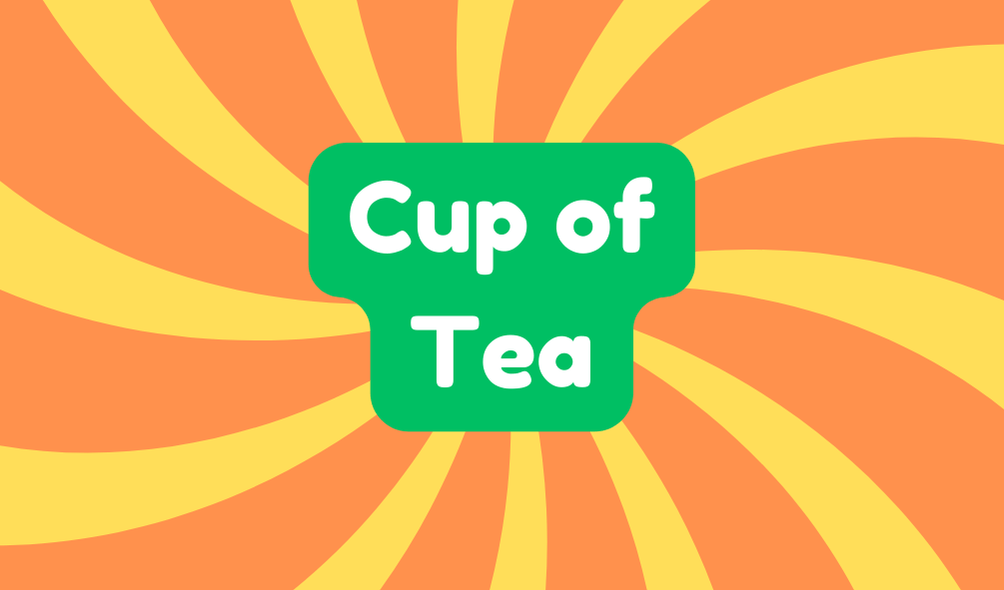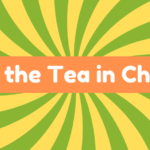The phrase "cup of tea" refers to personal preference or enjoyment, particularly in British culture. It first appeared in the late 1800s, using tea as a metaphor for individual tastes. By the 1920s, it expanded to indicate disinterest, especially in the form "not my cup of tea." People commonly use it to express likes and dislikes. Understanding this phrase reveals insights into cultural nuances and personal interests. Discovering its deeper implications could be quite enlightening.
Synonyms
The term "cup of tea" can be expressed through various synonyms that capture its essence of personal preference and enjoyment. As language evolves, these alternatives illustrate individual tastes and choices, reflecting how people articulate what they cherish or dislike. Some of these expressions include:
- "My jam"
- "My thing"
- "In my wheelhouse"
- "My niche"
Each synonym highlights personal preferences, yet they emphasize a collective understanding of enjoyment. However, one must critically examine the fluidity of such phrases, as their meanings can shift over time, sometimes losing their original significance amidst changing cultural contexts.
Example of Sentences
Expressions that illustrate personal preferences can greatly enhance communication, particularly when conveying enjoyment or distaste. Utilizing phrases related to one's cup of tea can stimulate productive preferences discussions and offer insightful taste comparisons. Particularly, sentences can provide concrete examples of these expressions, such as:
- "This music is much more my cup of tea than this new stuff."
- "Hiking is not my cup of tea, but my husband enjoys it."
- "The opera is not my cup of tea, yet I recognize its appeal."
- "That dress is really not my cup of tea."
Such examples enrich conversations and highlight individual tastes.
Origin
Originating from British culture, the phrase "my cup of tea" emerged in the late 1800s to express personal enjoyment or preference. This idiom reflects a time when tea was central to social life, serving as a metaphor for individual tastes. With numerous cultural variations, tea symbolizes differing personal preferences across societies. Curiously, the phrase adapts, as it later evolved into "not my cup of tea" in the 1920s, indicating disinterest or boredom. While innovative in its expression, one must ponder how effectively it encapsulates the complexities of human preferences, steering away from blanket assumptions about liking or disliking.
Collocations
Collocations related to the phrase "cup of tea" showcase how language evolves and reflects individual preferences. These expressions often reveal cultural influences, revealing both societal shifts and personal tastes. Understanding these connections is integral for effective communication.
- "More my cup of tea"
- "Not my cup of tea"
- "It's just my cup of tea"
- "Definitely not my cup of tea"
These collocations highlight the nuances of preference, but they also serve as reminders that not everyone shares the same interests. Language, in this setting, is a fascinating window into human diversity and personal choice.
How to Use in Everyday Language
How can one effectively incorporate the phrase "cup of tea" into everyday conversations? This phrase serves as a dynamic cultural expression, revealing personal preferences in various contexts. Individuals can use it to discuss hobbies, interests, or dislikes, lending a touch of relatability to discussions. For instance, when exploring new activities, one might say, "Reading thrillers is my cup of tea," clearly conveying enthusiasm. Conversely, to express disinterest, one could remark, "That genre isn't my cup of tea." Though seemingly casual, this phrase enriches dialogue, offering valuable insight into individual tastes while inviting others to share their authentic experiences in a light-hearted manner.
Why Is It Still Relevant Today?
In contemporary society, the phrase "cup of tea" frequently surfaces in casual conversations, highlighting personal preferences with ease. Its continued relevance stems from a growing appreciation for cultural preferences and the emphasis on individual personal interests. As people navigate diverse experiences, this idiom serves as a convenient tool to express likes and dislikes, fostering connection and understanding. However, its overuse may dilute genuine opinions, reducing nuanced discussions to mere clichés. Despite this risk, the phrase remains a relatable way to discuss choices, relevant in an era where personal identity and authenticity are increasingly prioritized in social discourse.







